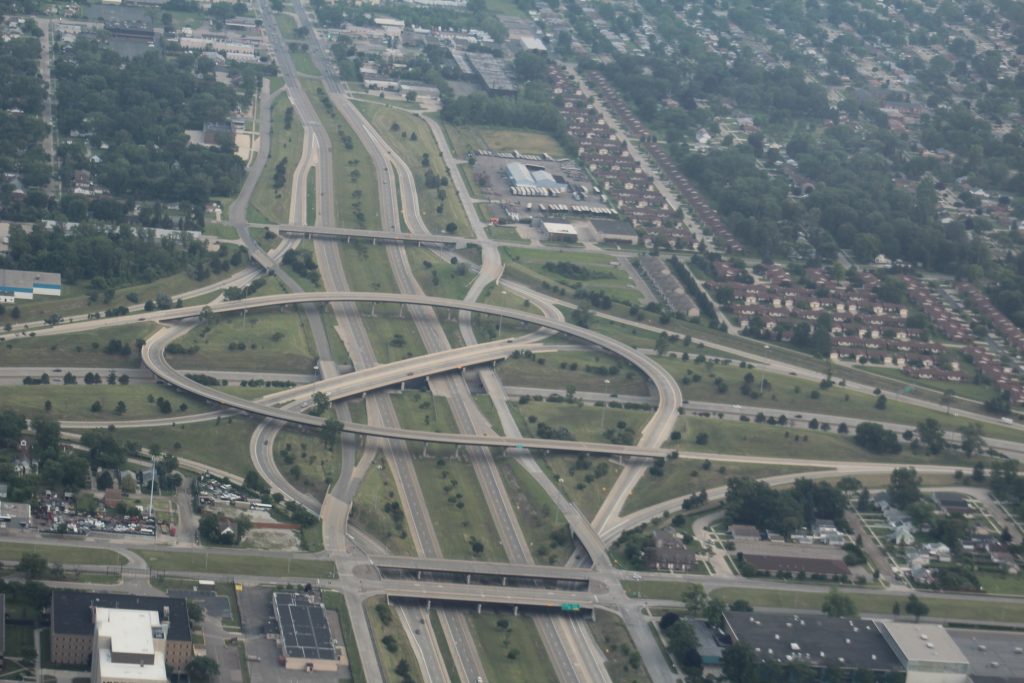Infrastructure and the Presidency
Do voters give too much credit to candidates on their promises to fix the nation’s infrastructure?


The water crisis in Flint has helped focus the presidential campaign on the national issue of aging infrastructure: drinking water systems, stormwater management, roads, broadband, for example.
To examine just what the president can do about these issues and how local communities would need to be involved, Detroit Today Co-Hosts Laura Weber-Davis and Sandra Svoboda talk to Joe Kane from the Brookings Institution about the abilities and limits of power of the federal government. Kane is the co-author of the article “Flint’s water crisis highlights need for infrastructure investment and innovation.“
Kane says while it is a good thing that the nation’s infrastructure is part of the national dialogue, most of these issues have to be dealt with at a local level. Some 75 percent of public spending on infrastructure comes from state and local governments, Kane says.
In the case of Flint, Kane suggests that it will take a multifaceted approach involving local utilities, state government and the EPA. There are also opportunities for public private partnerships as Flint moves forward. Kane stressed that despite all of the campaign promises, infrastructure is “fundamentally a regional issue.”
To hear the entire conversation, click on the audio link above.
This segment was produced in partnership with the Ravitch Fiscal Reporting Program at City University of New York Graduate School of Journalism.
